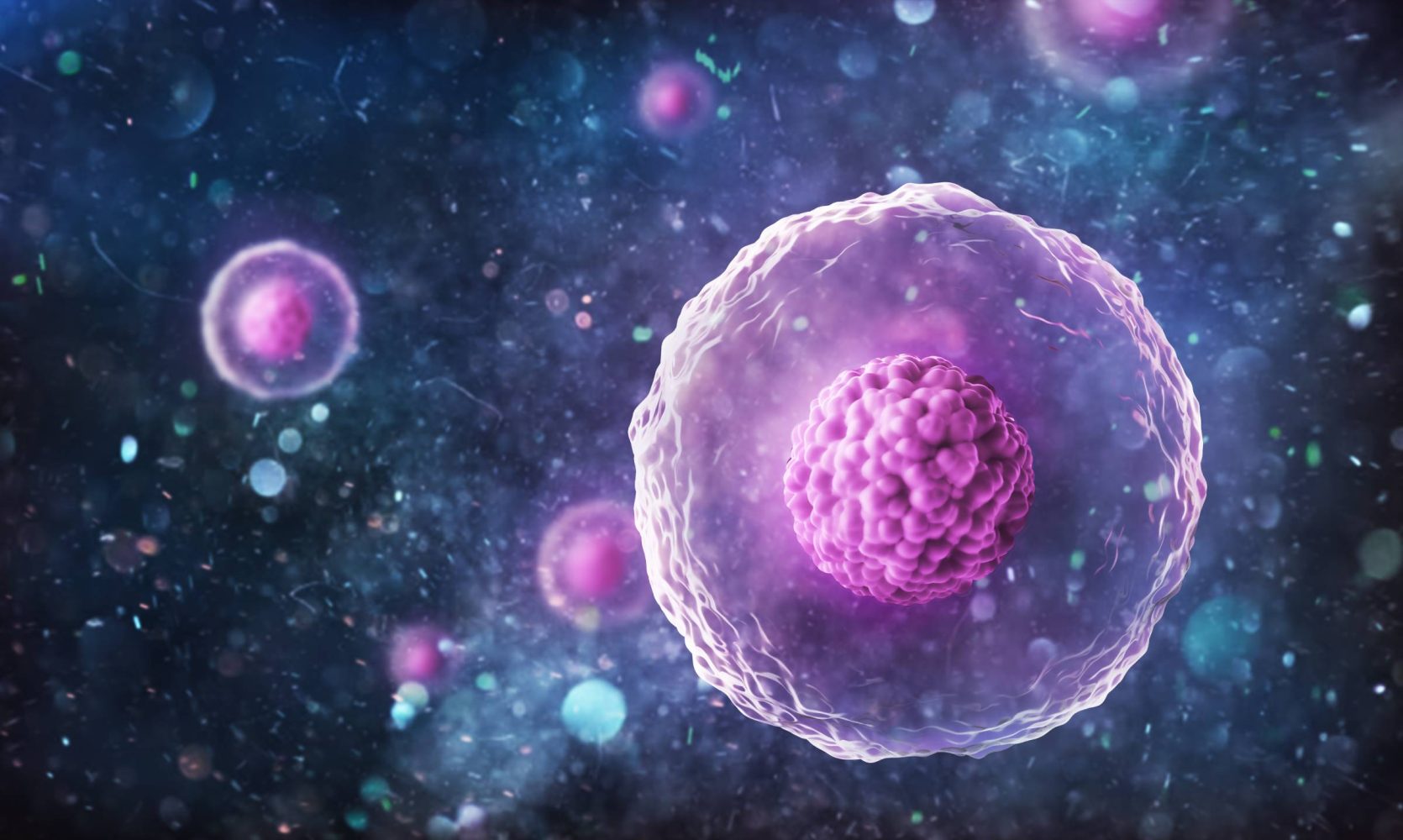Decoding cellular signals has long been a cornerstone of biomedical research, offering insights into how cells communicate and respond to environmental changes. This knowledge is vital for diagnosing and treating conditions like arrhythmia and Alzheimer’s disease.
However, traditional methods of recording these signals are limited by their reliance on wired connections, restricting the number of data points researchers can collect. A recent breakthrough by MIT researchers promises to revolutionize this process.
The new biosensing technique eliminates the need for wires by employing wireless antennas. These organic electro-scattering antennas (OCEANs) are engineered to detect electrical signals using light, which researchers can use to decode cellular signals.
Tiny in size—just one-hundredth the width of a human hair—the antennas scatter light in response to small electrical changes in their liquid environment. This change in light intensity is captured through an optical microscope, allowing researchers to record cellular activity with extreme precision.
Unlike traditional methods that pool data from multiple sensors, each OCEAN functions as an independent unit. This setup offers unmatched spatial resolution and sensitivity, enabling scientists to decode cellular signals in unprecedented detail.
The antennas are made from PEDOT:PSS, a special polymer that reacts to electrical activity by altering its refractive index. Researchers fabricate OCEAN arrays with nanoscale precision using focused ion beams. This process creates tiny holes in a glass substrate, into which the antennas “grow” via an electrochemical method.
The result is a scalable chip capable of housing millions of antennas, all ready to decode cellular signals and durable enough for continuous recording over 10 hours. OCEANs are designed for in vitro studies, with cells cultured directly on the sensor array.
Looking ahead, researchers plan to test OCEANs with real cell cultures and refine their design for even greater precision. Integration with nanophotonic devices could further enhance their functionality, positioning this technology as a game-changer in decoding cellular signals.
This work is supported by the U.S. National Institutes of Health and the Swiss National Science Foundation, MIT reports, and it marks a significant step toward unraveling the mysteries of cellular communication.
The post MIT researchers figured out how to decode cellular signals using light appeared first on BGR.
Today’s Top Deals
Today’s deals: $8 wireless fast charger, $735 black Apple Watch Ultra 2, $70 foldable 4K camera drone, more
Amazon gift card deals, offers & coupons 2024: Get $325+ free
Today’s deals: $100 off iPad Air, Sonos speaker sale, $189 Apple Watch SE, Waterdrop RO filters, more
Today’s deals: $170 AirPods Pro 2, $17.50 Apple AirTags, $64 Levoit humidifier, $220 ecobee thermostat, more
MIT researchers figured out how to decode cellular signals using light originally appeared on BGR.com on Sun, 5 Jan 2025 at 14:12:00 EDT. Please see our terms for use of feeds.
